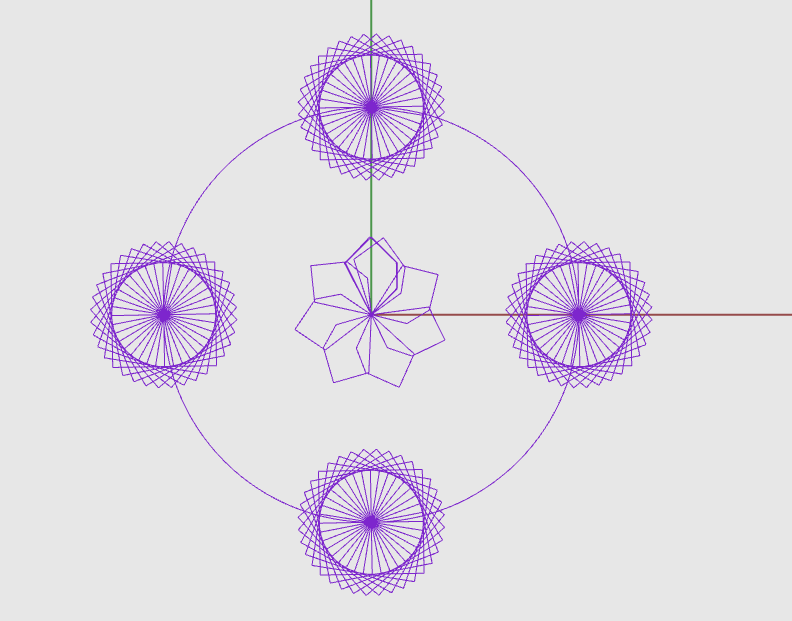Explanation: On the D&T lamp boards, only pins 5, 6, 9, 10, and 11 (not 7, 8, or 12) are “PWM enabled” and work with the analogWrite function. Built into the hardware on those pins is a way to toggle very quickly between on and off, leading to a dimmer or brighter LED, depending on the ratio of “on” times to “off” times.
However, it’s possible to replicate this effect in software, which is what the SoftPWM Arduino library does.
//Modified from SoftPWM library example at: https://code.google.com/p/rogue-code/wiki/SoftPWMLibraryDocumentation#Usage_Example
//SoftPWM library must be installed
//NF for Design & Technology at LWHS Dec 2014 (modification: added all D&T "sleepyBoard" lamp board pins)
//Explanation: On the D&T lamp boards, only pins 5, 6, 9, 10, and 11 (not 7, 8, or 12) are "PWM enabled" and work with
//the analogWrite function. Built into the hardware on those pins is a way to toggle very quickly between on
//and off, leading to a dimmer or brighter LED, depending on the ratio of "on" times to "off" times.
//However, it's possible to replicate this effect in software, which is what the SoftPWM Arduino library does.
//Todo: LED 5 is not fading! What can you change in the code to include it?
//Challenge 1: can you made the LEDs fade at different rates?
//Challenge 2: can you made the LEDs flicker like candles?
#include <SoftPWM.h>
int fadeInTime = 2500; //time in milliseconds that it will take the LED to fade in from 0 to 255.
int fadeOutTime = 2000; //time in milliseconds that it will take the LED to fade out from 255 to 0.
void setup()
{
// Initialize
SoftPWMBegin();
for(int pin=5;pin<=12;pin++)
{
// Create and set pins 5-12 to off
SoftPWMSet(pin, 0);
// Set fade time for pins 5-12
SoftPWMSetFadeTime(pin, fadeInTime, fadeOutTime);
}
}
void loop()
{
// Turn on the pins - set to 100%
for(int pin=6;pin<=12;pin++)
{
SoftPWMSetPercent(pin, 100);
}
// Wait for LED to fade in
delay(fadeInTime);
// Turn off the pins - set to 0%
for(int pin=6;pin<=12;pin++)
{
SoftPWMSetPercent(pin, 0);
}
// Wait for LED to fade out
delay(fadeOutTime);
}
